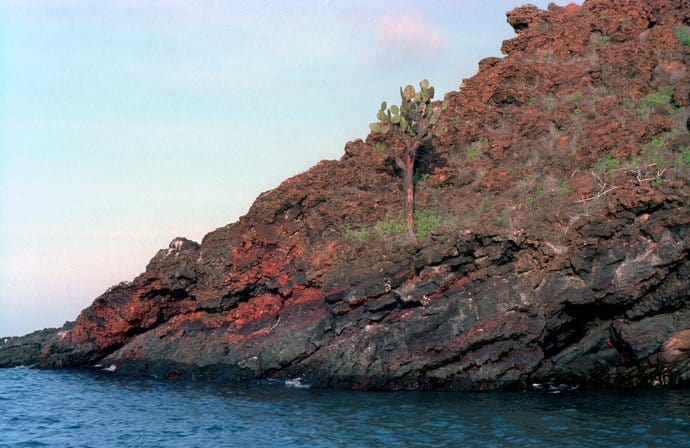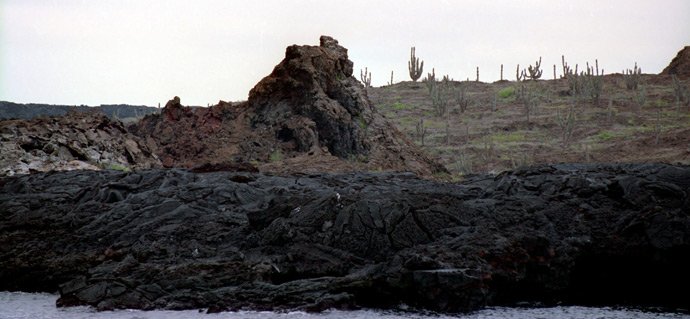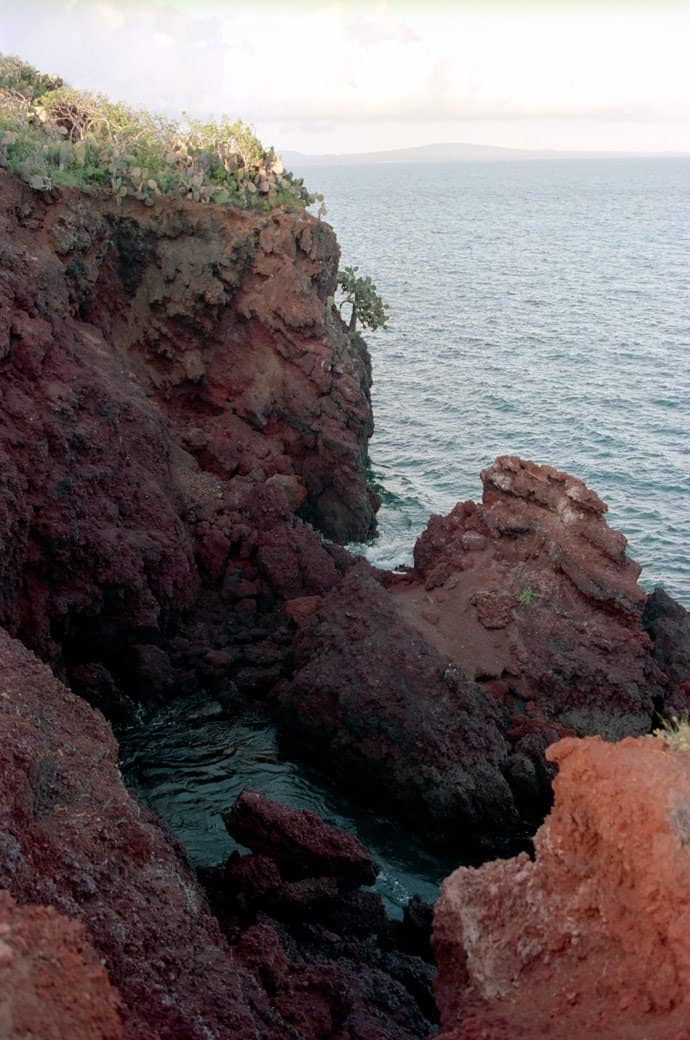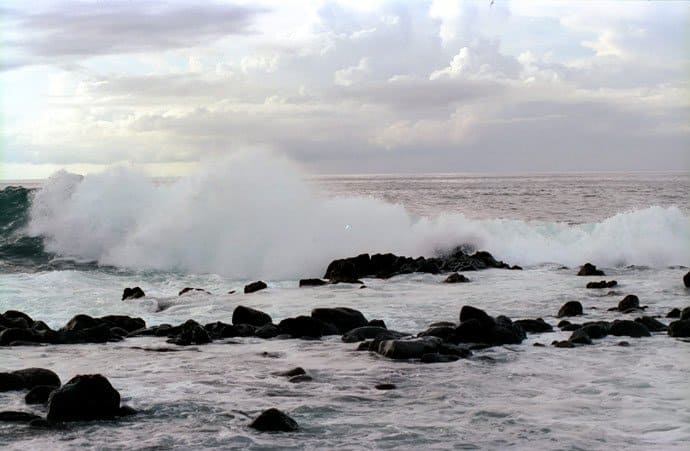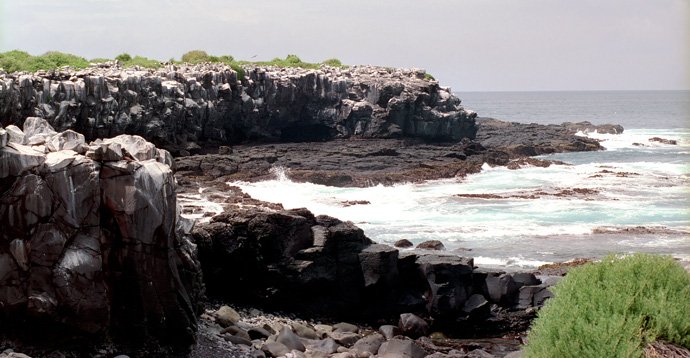Galapagos – volcanic islands
About 5 million years ago, 1000 km off the South American Pacific coast began to boil the sea. Volcanoes grew out of the sea. In huge eruptions lava, rocks and ashes were released. The volcanic islands were desolate at first and without any life. But as soon as the lava had cooled down, the first colonists already settled in the new habitat.
Many plant seeds were carried out to the archipelago by wind from the distant mainland. The spores of mosses, ferns and seeds of higher-developed plants were among the first newcomers. Other colonists arrived via the waterway on the volcanic islands. Sea lions and turtles conquered the remote island world on their expeditions through the Pacific.
Many species of animals, such as the marine iguanas, will have found their way over carriers like floating tree trunks. Most plant species reached the archipelago as stowaways in the plumage of seabirds. The colonization lasted for millennia. About every 10,000 years, a new way of establishing itself permanently on the islands has been achieved. Geographically isolated, colonies developed over time from the colonists, who had adapted to the special living conditions in the archipelago.
So it can be explained that in Galápagos many endemic animal and plant species were discovered. About 50% of all plants occurring there are found only on these Pacific islands. With the arrival of man, the settlement was greatly accelerated. Sailors and settlers brought pets to the islands. Pigs, goats, dogs and donkeys perished and became part of the insular fauna. Other visitors like the house rat came by chance to the remote region.
However, all have in common that they have a lasting influence on the original flora and fauna. While the house rat has specialized in the search for turtle eggs, goats and pigs cause major land damage and reduce the food supply for the native species. These are not up to the sudden evolutionary pressure.

